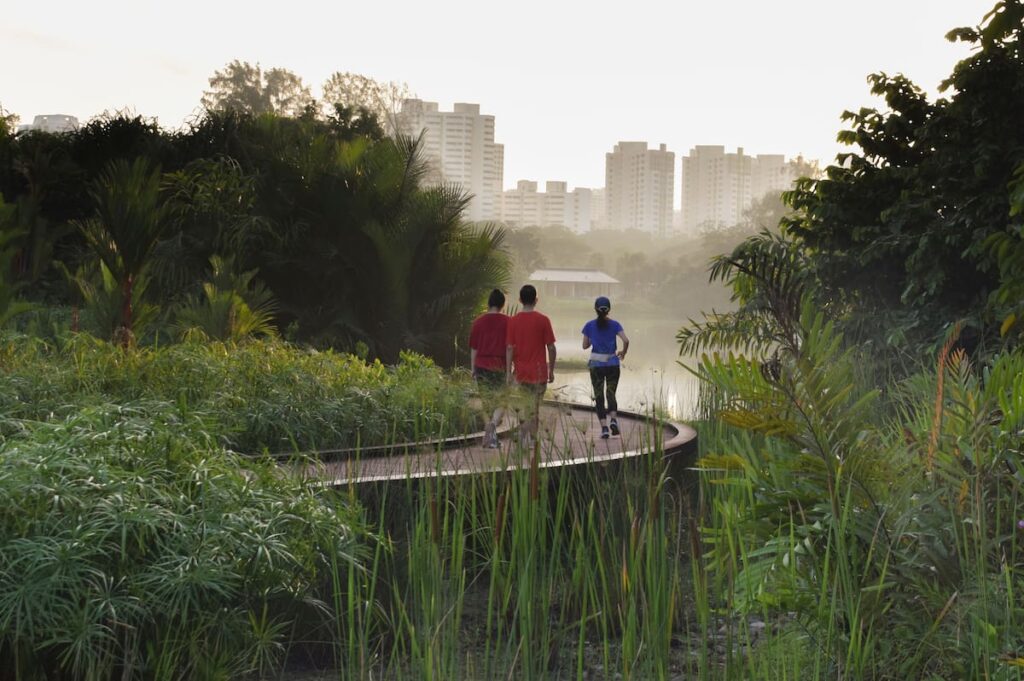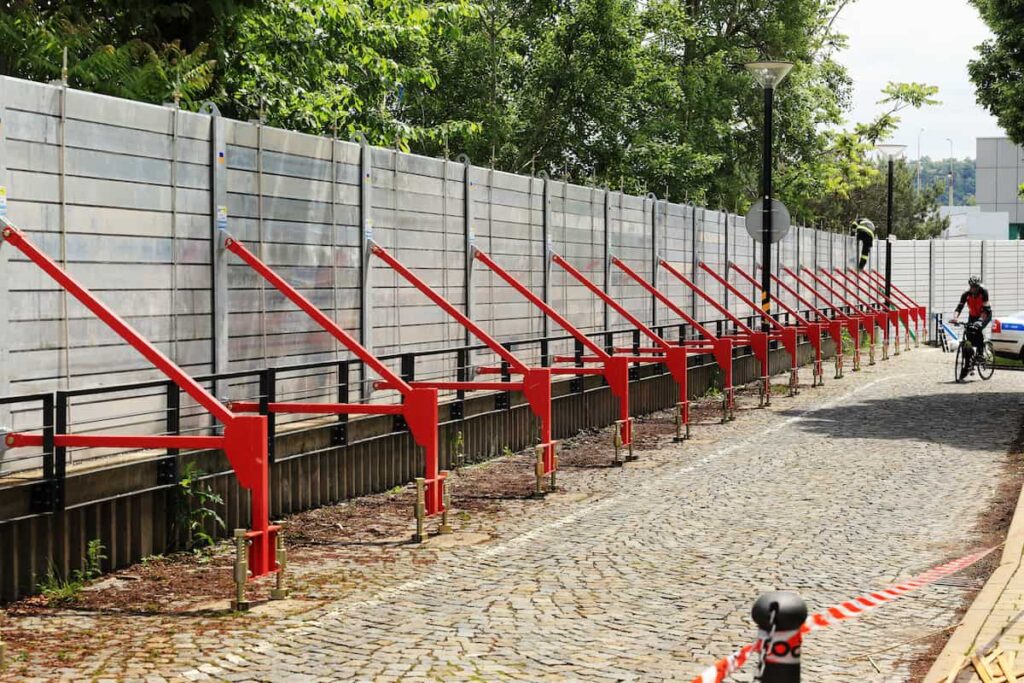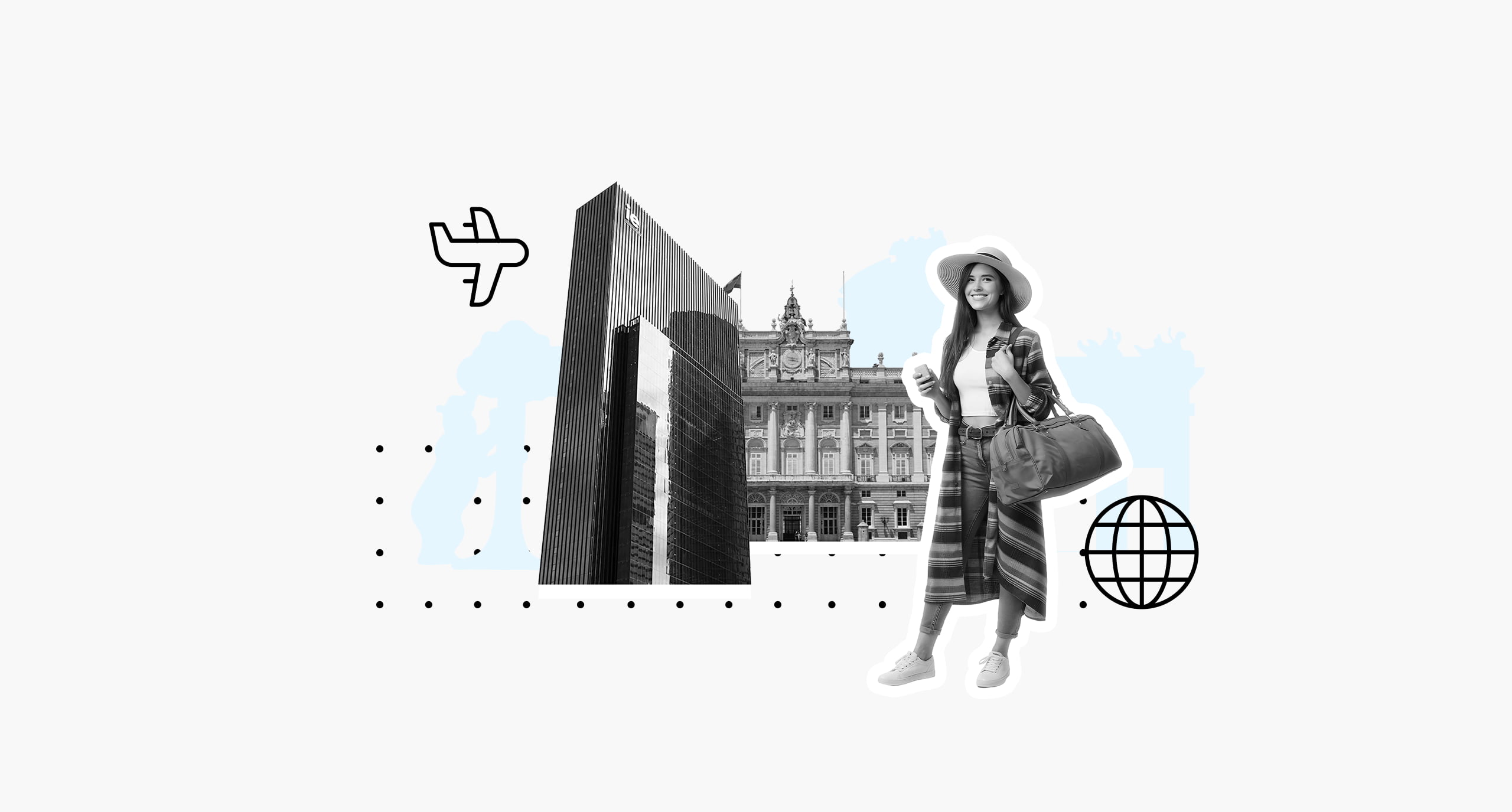Change is upon us, and cities now face the need for climate resilient urban planning. After all, 68% of the world population is projected to live in urban areas by 2050. So, forward-thinking design is top of the agenda to ensure adequate standards of living continue in the face of uncertainty.
Let’s find out how these new needs are shaping the latest generation of creatives.
What is urban climate change resilience?
Urban climate change resilience comes down to how well cities anticipate and respond to natural hazards. Part of that means reducing the impact of climate change, while another means lowering emissions to alleviate long-term global warming. Climate change and urban resilience is, naturally, a dynamic field, and one that needs constant reassessing and adaptation.
Cities across the world face different climate threats. Heat waves, flooding, storms, earthquakes, typhoons and more. Unfortunately, they’re most likely to impact vulnerable populations like the elderly or economically disadvantaged. Now, urban planning and climate-disaster resilience isn’t solely about infrastructure. Because it revolves around populated spaces, it also addresses social and economic issues to maintain communities. As such, initiatives rightly involve education efforts and workshops to ensure urban planning aligns with residents’ lived experiences.
What is climate resilient urban design?

Climate resilient urban design is how we adapt our cities to the natural environment. And it combines climate data and public space evaluations to do so. For example, when addressing rising heat, urban planners now use dedicated design systems. These include using tools like GIS-based simulations and heat stress models to map risk and propose intervention. They gather data in the form of Mean Radiant Temperature (Tmrt) and the Universal Thermal Climate Index (UTCI).
Urban planning and climate-disaster resilience hinge on scientific review followed by detailed surveys of existing urban conditions and local policies. This way, climate-resilient designs match unique characteristics of the area. When done well, climate resilient urban design can improve living standards while also enhance things like biodiversity or sustainability.
What role does green infrastructure play in climate-resilient urban planning?
Green infrastructure is a product of climate-conscious urban planning. It incorporates vegetation, green roofs, permeable surfaces and water bodies to alleviate adverse weather conditions. This is because it provides recreates natural processes in urbanized areas and has cooling effects.
One of the best examples is the “green-blue city” metadesign strategy. This model combines urban greening with sustainable water management to create ecological networks and natural water cycles. As a direct result, flooding reduces via increased infiltration and storage. The green-blue approach also contributes to carbon sequestration and air quality improvements. To integrate green infrastructure, planners work to connect green areas with key activity hubs. In Porte de Montreuil, for example, green connections link schools, cultural sites and neighborhoods.
Why is flood management important for climate-resilient cities?

As rising sea levels and rainfall intensity heighten the risk of urban flooding, flood management has become more important. For context, the UK spent between £504-£924 million in flood damages from 2016 to 2019. So economies do well in anticipating floods, which means investing early to offset potential costs further down the line.
As part of the green-blue city approach, sustainable water management is promoted through permeable surfaces, rainwater harvesting and water recycling in urban design. By simultaneously reducing risk and restoring the natural water cycle, groundwater recharge is boosted. Further measures include controlling water runoff, protecting vulnerable areas through engineered solutions, and identifying flood-prone zones to focus efforts.
How are cities adapting to climate change through urban planning?
Nations now look to align urban planning with the Paris Climate Action Plan, which aims to limit global temperature rise to well below 2°C by promoting global cooperation on emissions reduction, adaptation and climate-resilient development. There’s plenty of innovation going on worldwide, so here are five projects to give you a taste of how cities can adapt effectively.
1. Enghaveparken Climate Park, Denmark
Situated at the base of a hill, this park manages up to 22,600 m³ of stormwater. The system stores rainwater from nearby roofs in basins for irrigation and street cleaning. Its transformation maintains historical design while boosting recreation and biodiversity. It earned the Danish architectural award ‘Årets Arne’.
2. Lakeside Garden, Singapore
Part of the Jurong Lake District, this restored swamp forest integrates wetlands, nature-themed play areas, and allotment gardens. It prioritizes water-sensitive design and habitat regeneration, promoting both conservation and community engagement.
3. Green Bus Stops, Poland
Four Polish cities implemented green roofs on bus stops to reduce urban heat and manage stormwater. The roofs retain up to 90% of rainfall, which is later used by plants or stored in infiltration units. These shelters emit up to 10°C less heat than conventional ones.
4. Hydraulic Modelling, Prague, Czech Republic
After severe floods in 1997, Prague developed a flood model to improve emergency planning. The model helped protect the city during the 2002 flood by guiding barrier deployment. It continues to be updated and is now linked to real-time flood maps and water gauges.
5. Augustenborg Stormwater System, Malmö, Sweden
This retrofitted neighborhood uses open canals, swales, green roofs, and ponds for stormwater control. During a major 2014 storm, it saw 80% less runoff than surrounding areas. A simulation model confirmed its effectiveness in extreme rainfall.
Study sustainability at IE School of Architecture & Design
If you’re passionate about climate-resilient urban planning, the Master in Architecture at IE School of Architecture & Design offers the perfect foundation, combining advanced architectural education with a deep focus on sustainability, innovation, and global impact. With a design studio that tackles real-world urban challenges—including environmental, social, and regulatory factors—you’ll gain the tools to shape cities that are both resilient and future-forward.
With a thesis project led by renowned architect Ben van Berkel, the program emphasizes sustainable technologies, integrated building systems, and adaptive urban development, giving you hands-on experience in how architecture can directly address climate change. Courses like Sustainable Techniques, Technology Applications, and Design Management ensure you learn to design not just beautiful spaces, but ones that endure and respond to global challenges.
What truly sets the program apart is its integration of business strategy, project management and entrepreneurial thinking, empowering you to lead innovative projects and practices in the evolving field of sustainable urban development.
Think this could be the next step for you? Follow the link below and find out more information.
Become an expert in urban planning with IE School of Architecture & Design
Learn about climate change and urban resilience with the Master in Architecture.

Benjamin is the editor of Uncover IE. His writing is featured in the LAMDA Verse and Prose Anthology Vol. 19, The Primer and Moonflake Press. Benjamin provided translation for “FalseStuff: La Muerte de las Musas”, winner of Best Theatre Show at the Max Awards 2024.
Benjamin was shortlisted for the Bristol Old Vic Open Sessions 2016 and the Alpine Fellowship Writing Prize 2023.






